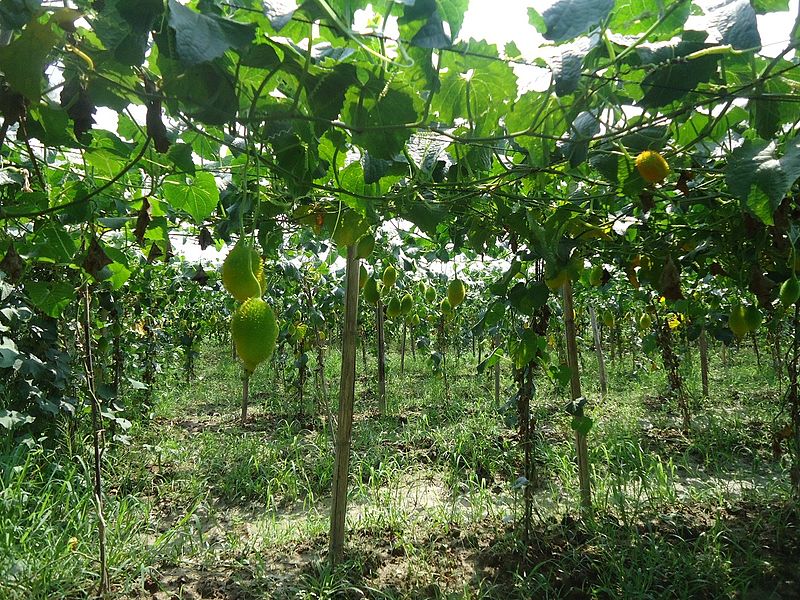The key difference between sustainable and regenerative agriculture is that sustainable agriculture focuses equally on social, environmental, and economic concerns in agriculture, while regenerative agriculture mainly focuses on the restoration of soil biodiversity and the improvement of food nutrition.
Agriculture refers to cultivating plants and livestock. Agriculture is a key development that led to the rise of sedentary human civilization. With the development of technology, different types of agriculture practices are in use. Most of them focus on high yield and profitability to suit the modern world with respect to social and economic feasibility. Out of many agricultural practices, sustainable agriculture and regenerative agriculture are two eco-friendly types that dwell on the promotion of environmental health and soil biodiversity. Both practices have similar methodologies. They differ in their operating objectives with respect to different parameters.
Key Takeaways
- Sustainable agriculture focuses on social, environmental, and economic concerns in agriculture, while regenerative agriculture focuses on restoring soil biodiversity and improving food nutrition.
- Sustainable agriculture aims to provide a healthy environment, economic profitability, and social and economic equity, while regenerative agriculture focuses on improving soil conditions and revitalizing the environment.
- Both sustainable and regenerative agriculture are eco-friendly practices that promote environmental health and soil biodiversity, but regenerative agriculture has a more positive impact on the environment.
What is Sustainable Agriculture?
Sustainable agriculture is a type of agricultural practice that gives equal importance to social, environmental, and economic concerns in agriculture. Sustainable agriculture does not compromise the ability of future generations to meet their own needs and hence provides a protective layout for future agricultural practices.
Sustainable agriculture operates under three major objectives: a healthy environment, economic profitability, and social and economic equity. Sustainable agricultural practices promote soil health, restoration of soil biodiversity, minimized water usage, low pollution levels, etc. In the context of consumers and retailers, sustainable agricultural practices provide value-based food with high nutrition density. It also ensures the strengthening of the local economy through the promotion of farm-worker wellbeing.
What is Regenerative Agriculture?
Regenerative agriculture is a type of agricultural practice that restores degraded soil biodiversity. Regenerative agriculture causes the reverse of climate change by rebuilding soil organic matter. It also improves the water cycle and results in carbon drawdown. Regenerative agriculture, in simple terms, is farming and ranching in harmony with nature, resulting in the protection of natural resources from depletion. Today, due to various agricultural practices, fertile soil and soil biodiversity deplete drastically. This will lead to a qualitatively degraded food supply characterized by the loss of nutrition and important trace minerals.
Regenerative agriculture improves the soil condition through regeneration and revitalization of soil and the environment. The resulting healthy soil will lead to high-quality and nutritious food and simultaneously improve the quality of land and soil biodiversity. The advantages of regenerative agriculture include decrement in greenhouse gas emissions, reverse climate change, drought-resistant soil, revitalized local economies, restored grasslands, and improved nutrition.
What are the Similarities Between Sustainable and Regenerative Agriculture?
Sustainable and regenerative agriculture are two types of agricultural practices.
They are eco-friendly farming methods.
Moreover, they are focused on the restoration of soil biodiversity.
Both practices aim at producing safer foods.
Both types provide a protective layout for future agricultural practices.
What is the Difference Between Sustainable and Regenerative Agriculture?
Sustainable agriculture places equal importance on social, environmental, and economic concerns in agriculture, while regenerative agriculture mainly focuses on the restoration of soil biodiversity and improvement in food nutrition. Thus, this is the key difference between sustainable and regenerative agriculture. Sustainable agriculture has a comparatively less positive impact on the environment, while regenerative agriculture has a more positive impact on the environment.
Summary – Sustainable vs Regenerative Agriculture
Agriculture is a key development that led to the rise of sedentary human civilization. Out of many agriculture practices, sustainable agriculture and regenerative agriculture are two eco-friendly types that dwell on the promotion of environmental health and soil biodiversity. Sustainable agriculture gives equal importance to social, environmental, and economic concerns in agriculture, while regenerative agriculture mainly gives importance to restoring soil biodiversity and improving food nutrition. Sustainable agriculture operates under three major objectives: a healthy environment, economic profitability, and social and economic equity. Regenerative agriculture improves the soil condition through regeneration and revitalization of soil and the environment. So, this summarizes the difference between sustainable and regenerative agriculture.
